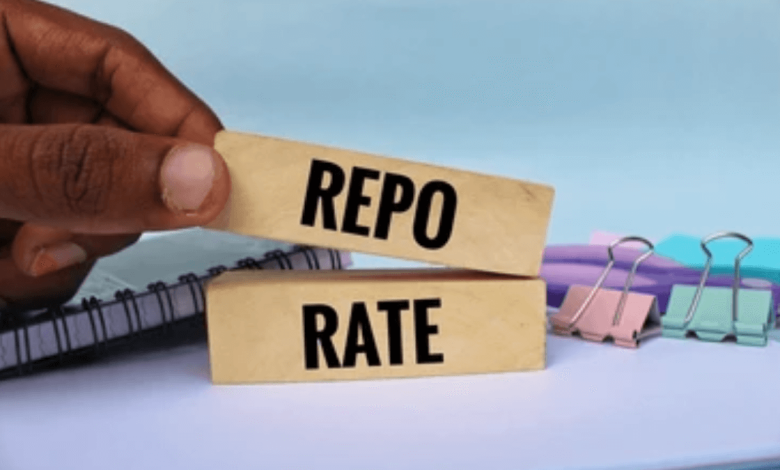Will a Repo Rate Cut Boost South Africa’s Struggling Small Businesses?

SMEs Hold Their Breath as SARB Considers Interest Rate Cut Amid Inflation Concerns
As the Monetary Policy Committee of the South African Reserve Bank (SARB) prepares to make its next interest rate announcement, speculation is rife: could a repo rate cut provide the long-awaited relief small businesses so desperately need? For the country’s millions of small and medium enterprises (SMEs), the stakes couldn’t be higher. Their financial health continues to be squeezed by rising operational costs, stagnant demand, and economic uncertainty.

Recent commentary from Lula, a prominent FinTech company serving South Africa’s SME sector, paints a sobering picture. Even if SARB goes ahead with a rate cut on Thursday, Lula argues that it may not be the game-changer many expect. Read more on SARB’s interest rate history here.
The Reality Behind the Repo Rate
The repo rate is the benchmark interest rate at which the central bank lends money to commercial banks. When it is high, borrowing costs for businesses increase; when it’s lowered, loans become cheaper. The logic is simple: cut rates, and credit flows more freely. However, the lived experience of South Africa’s SMEs complicates that theory. Access to affordable funding isn’t the only hurdle — economic uncertainty and policy inconsistency often create deeper barriers.
A Year of SME Struggles
Lula’s internal data reveals significant drops in SME turnover across multiple sectors over the past 12 months. Despite a relatively stable inflation rate, high interest rates have stifled growth. This has resulted in reduced cash flow, fewer hiring opportunities, and a rise in business closures. Many SMEs are simply treading water. The SME sector employs between 50-60% of the country’s workforce, making its recovery a national priority.
The Case for a Bold Move
Garth Rossiter, Lula’s Chief Risk Officer, argues that the SARB has taken an overly cautious stance. He believes the time has come for a “bolder move” — a decisive cut that prioritises growth over inflation control. In his words, “The benefit of SARB taking a much bolder move on interest rate cuts to drive economic growth outweighs the short-term inflation risk.”
SMEs Need More Than Just Lower Rates
Even with a repo rate reduction, SMEs require a stable and enabling environment to flourish. Challenges such as red tape, energy insecurity, and weak consumer demand remain. Government-led interventions like the Township and Rural Entrepreneurship Programme (TREP) are helpful, but not enough on their own. A rate cut might offer temporary relief, but structural reforms and consistent policy support are crucial for long-term survival.
US Tariff Negotiations Add Pressure
Adding another layer of complexity is the looming deadline for tariff negotiations between South Africa and the United States. If negotiations fail, local exporters could face a punitive 30% tariff on products like citrus and auto parts. For SMEs involved in trade, this could be devastating. Rossiter points out that increased tariffs inflate input costs and complicate pricing strategies, placing further pressure on margins.
Trade-Offs in Monetary Policy
Monetary policy always involves trade-offs. SARB must balance the risk of inflation with the need to stimulate growth. For many, including Lula, the argument leans towards easing monetary conditions to support jobs and entrepreneurial activity. Especially when broader indicators, such as the Consumer Price Index, remain relatively subdued.
How SMEs Can Respond Proactively
Rossiter urges small business owners not to wait passively. “Use this moment to re-evaluate your operational efficiency and your unique selling points,” he advises. SMEs with niche appeal, exceptional quality, or distinct advantages tend to survive even in high-tariff environments. Diversifying revenue streams, investing in digital transformation, and building resilient supply chains are some proactive steps.
The Long-Term View
While a repo rate cut might bring temporary financial relief, its true value will be measured by its long-term impact. Without sustained growth, improved infrastructure, and clearer policy direction, South Africa’s SME sector may continue to suffer. The repo rate decision must therefore be part of a broader national economic vision that recognises the pivotal role SMEs play in job creation and inclusive development.
Hope with Caution
In the end, a cut in the repo rate may be a necessary but insufficient remedy. It signals hope — a loosening of the economic noose — but it must be coupled with intentional policy-making, stronger support ecosystems, and investment in local value chains. Only then can SMEs truly thrive and fulfil their potential as the backbone of South Africa’s economy.
Also read: What SA’s New 3% Inflation Target Means for Markets and the Country’s Debt Crisis



